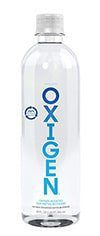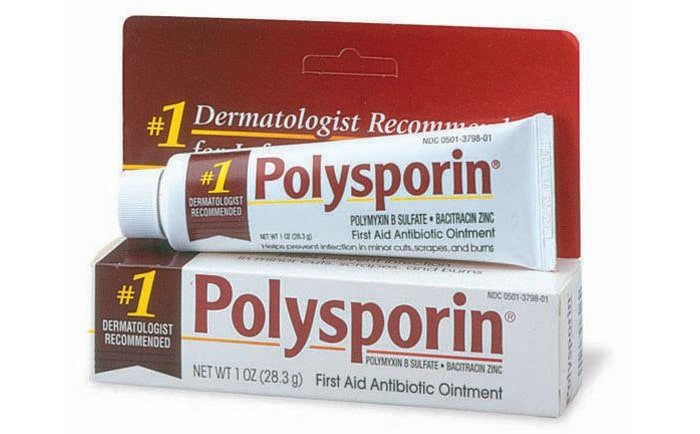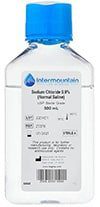Do you know what it is like to wash your nose with serum after rhinoplasty in Iran? How long do you need to rinse your nose? What is the importance of rinsing the nose after a nose job and what solution is suitable? In this article, we will answer all your questions about how to wash your nose after rhinoplasty.
Is it dangerous to wash your nose after rhinoplasty?
During rhinoplasty and until a few days later, a small amount of bleeding will be normal. You may also experience a runny nose for a few weeks after the nose job. These can cause nasal congestion and obstruction.
The presence of hardened blood clots and dried mucus in the nasal passages can be very annoying. In this case, the person cannot breathe through the nose and will feel tightness and pressure in the nose.
Breathing through the mouth dries the throat and lips, which can lead to discomfort after surgery.
If you clean your nose according to your surgeon’s instructions and do it gently, not only is it not harmful, but it improves breathing, accelerates the healing process of the nose, and reduces the risk of any infection.
Nasal infections can lead to a bad odor in the nose after rhinoplasty. Not cleaning the nose can also cause nasal pain.
Never blow to remove dried blood clots and mucus for 3-4 weeks after rhinoplasty; Blowing through the nose in the first weeks after rhinoplasty can have many side effects due to the pressure it puts on the nasal tissue.
Also, do not use your finger to remove these clots. The best way to rinse your nose after surgery is to use a normal saline solution, which softens the dried blood clots and mucus and makes them easier to remove. It is best to start nasal lavage two days after surgery.
When should you wash your nose after rhinoplasty?
After rhinoplasty, especially if non-absorbable sutures are used, the patient is obliged to use nasal washing serum regularly to prevent infection, congestion, and bad odor in the nose.
So, start washing your nose from about 24-48 hours after surgery (as recommended by your surgeon) up to at least the first 3 weeks after rhinoplasty considering to the following points:
- Be sure to consult your surgeon about how and when to rinse your nose, and follow the instructions exactly.
- Nasal lavage is performed from the first to the third week after rhinoplasty with a swab. Remember to enter the swab only up to the cotton part of it and do not insert it completely into the nose under any circumstances. Excessive swab entry in the nose increases the possibility of damages to the internal tissues of the nose.
- You can also use swabs to remove dried clots at the beginning of the nose and not inside the nose.
From the third week onwards, it is still recommended to use saline or nasal drops and saline spray several times a day.
Keeping the tissue inside the nose moist for a few months after rhinoplasty prevents the blood and secretions in the nose from drying out. In addition, rinsing the nose with saline helps to open your airway and reduce swelling and inflammation of the nose.
Use of oxygenated water to rinse the nose after rhinoplasty
Oxygenated water is a weak but widely used disinfectant; This substance is used to disinfect body tissues.
This product is sold in pharmacies under the names of hydrogen peroxide, dihydrogen dioxide, oxidol, and peroxide. Hydrogen peroxide is converted to oxygen and water in the vicinity of body tissues and can be used to disinfect and rinse the nose after rhinoplasty.
If you do not have a tampon (nasal dressing) in your nose, soak swabs in hydrogen peroxide solution and gently rub in the nostrils.
This softens the blood clots in the nasal passage and removes them easily, and due to the antiseptic properties of this substance, it prevents the incisions inside and outside the nose from becoming infected.
It is useful to clean the nose after surgery with oxygenated water in the first days, but It is not recommended to use it for a long time because this substance if used too much, can slow down the wound healing process.
Use Polysporin ointment to clean the nose after rhinoplasty

Polysporin ointment is a topical antibiotic commonly used to soften blood clots as well as prevent infection.
This ointment prevents nose dryness and kills bacteria that may cause infection; As a result, it helps the inflamed tissues of the nose to heal faster.
The best time to use polysporin ointment is after using a hydrogen peroxide solution. It is best to apply the ointment gently in both nostrils 2-3 times a day using a swab. Swabs should be used gently, otherwise, the nasal tissue may be damaged and the healing process may be delayed, or it may even cause an infection.
Use normal saline solution to rinse the nose

Normal saline solution, or 0.09% saline solution is compatible with body tissues. After removing the tampon, you can use this solution to keep the nasal passages moist and clean.
You can make normal saline at home. Dissolve a teaspoon of salt in a glass of boiled water. After cooling, use it to rinse the nose after rhinoplasty. You can also prepare saline serums from pharmacies.
There are various devices in pharmacies for rinsing the nose, but you can use a 10-cc syringe. Separate the needle from the syringe and insert the syringe into your nose after filling it with normal saline solution.
Then gently drain the solution into your nose. Avoid applying too much pressure to empty the contents of the syringe, as this may put pressure on the stitches or cause the wounds to separate.
Take care to prevent the solution from entering your throat, but there is no danger if it enters your throat. You can exhale as you insert the syringe into your nose to prevent the serum from entering your throat. You can also get the same results from normal saline spray; Use two puffs of this spray 3-4 times a day in each nostril.
Remember nasal washing after rhinoplasty does not mean entering fluid from one nostril and exiting from another. Some of this fluid may remain in your nose.
You can remove it by gently blowing. Rinse each of the instruments you use thoroughly and place them in a dry place.
Be careful when rinsing your nose after surgery
After rhinoplasty, a protector called a splint is placed on your nose.
The first week after rhinoplasty, when the bones and cartilage of your nose are healing and repairing, the splint protects the new structure of the nose and prevents different parts of the nose from moving; Therefore, proper maintenance of the splint is very important.
The splint is a type of plastic that softens and deforms in the presence of heat and humidity;
therefore, in the first week that the splint is still on your nose, be careful when rinsing your nose so that it does not cause the splint to get wet. As the splint gets wet, its structure becomes soft and loose, and this can negatively affect the outcome of the operation.



